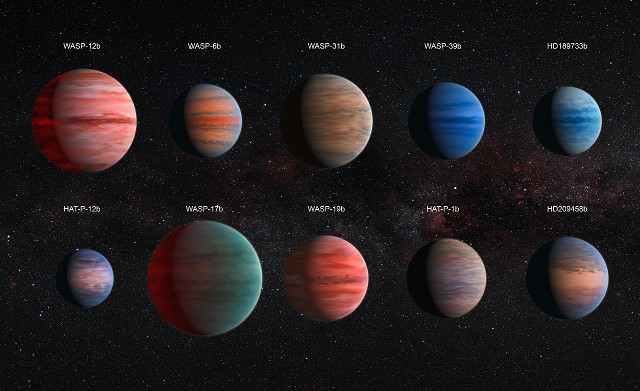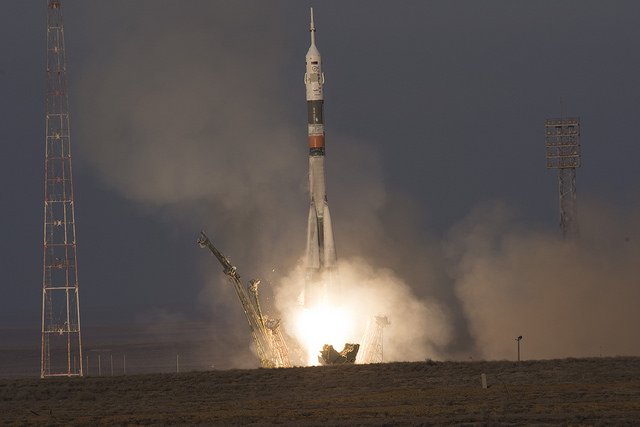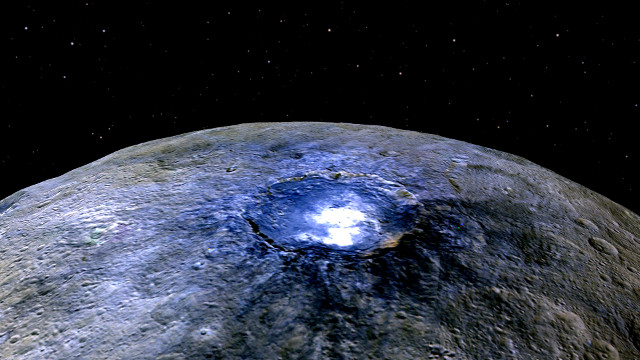
An explanation for the apparent water scarcity in hot Jupiters
An article published in the journal “Nature” describes a research that provides an explanation to the apparent scarcity of water detected on some exoplanets of the type known as hot Jupiter. These are gas giants like Jupiter but orbit very close to their stars and consequently have very high surface temperatures. An international team of astronomers used the Hubble and Spitzer space telescopes to study ten exoplanets of this kind.





